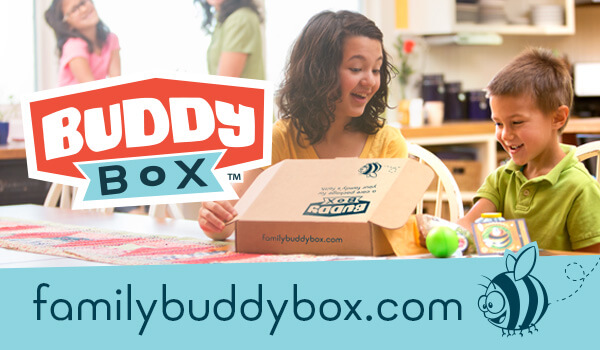Vikings settled in their own communities with leaders known as Jarls or Earls. More powerful Jarls became kings. The community would meet in a Viking assembly in the open for settling problems between themselves or to punish criminals. This is the best occasion to meet up with old friends, exchange news or even planned arranged marriages.
The Vikings were a close community where their laws were passed down by word of mouth; those who flouted their laws were known as outlaws who could be killed by any Viking.
Before Settlement
The Vikings came from various places, but primarily from Sweden, Denmark and Norway. The history of Vikings dated back to AD700 which was renowned as the Viking era based on European history.
Many Vikings left Scandinavia between AD700 and AD1100 to other countries like Ireland and Britain where they entered through raids and conquest. Many Vikings ended up as farmers and craftsmen as they settled down in these new pastures. Some Vikings ventured to be traders with their conquest treasures. The Vikings were adventurous and determined to seek greener pastures outside their homeland; hence, it was not surprising that they were aggressive and violent in their quest.
Viking Settlements
The Vikings saw Britain as a lucrative spot to settle in the fertile land for farming, which was lacking in their own homeland. Hence, most Vikings took on to the northern and eastern parts of England. They ruled northern Scotland, the Hebrides islands and the Orkney and Shetland isles for 500 years from AD900. They founded Dublin in Ireland.
Viking communities in northern and eastern England were known as the Danelaw which covered about the east of London and Chester. History evidenced recorded their settlements also in the Isle of Man, Northumbria, East Anglia, Leicester, Derby, Lincoln and even Nottingham.
Hence, the Vikings travelled far and wide in search of fertile lands where they could live amiably by themselves. It is easy to identify Vikings settlements through the names of villages and towns today as many of the places were from Viking words.
Places with names ending by were noted as Viking settlements. These include Derby, Selby, Rugby, Grimsby and Whitby. by added to the place name referred to the farm of or homestead of.
Other Viking settlements were named ending in thorpe, thorp, throp or trop as in Scunthorpe and Grimethorpe. The phrase thorpe meant farms which reflected the Vikings settlement objectives.
There were Viking settlements with names ending in toft or tofts which referred to the plot of land in which the Vikings built their homes.
Viking Homes
Viking houses were called hus which were built of local materials found such as wood or stone while others could be built from blocks of turf. These houses had thatched roofs. Viking houses were long and rectangular in shape using upright timbers which the Vikings hacked and hewn from trees in surrounding forests.
Most Viking houses consist of only one room with a small window and shutters without glass. The simple shape of the house allows more to bunk in. There would be a fireplace in the centre of the house with a hole in the ceiling to allow the smoke to rise through. The floor was made of stamped earth where raised platforms along the walls served as bunks or seats. Pillows were stuffed with feathers to offer greater comfort.
Only rich Vikings had proper beds or chairs while ordinary Vikings used stools or benches if not cross-legged on the floor. Beds comprising warm furs or woollen blankets were a luxury which only the rich Vikings could afford.
Viking Livelihood
Besides the raids and conquests, Vikings were basically farmers at heart. They lived in closed communities on farms with a longhouse of 30 metres.
As farmers, Vikings worked with iron tools like hoes and sickles to tend the land for barley, oats and wheat. The grain would be grounded to make flour or porridge. Vegetables like beans, cabbages and onions were grown while farm animals consist of pigs, geese, sheep, goats, chicken and cattle. Animal manure was used to fertile the soil.
It should not be surprising that the Vikings share their homes with their animals, especially during the colder seasons like winter. The animals were kept in a byre located at one end of the longhouse while the Vikings commune at the other end. Go to www.schoolvikingvisit.co.uk
for more information.



